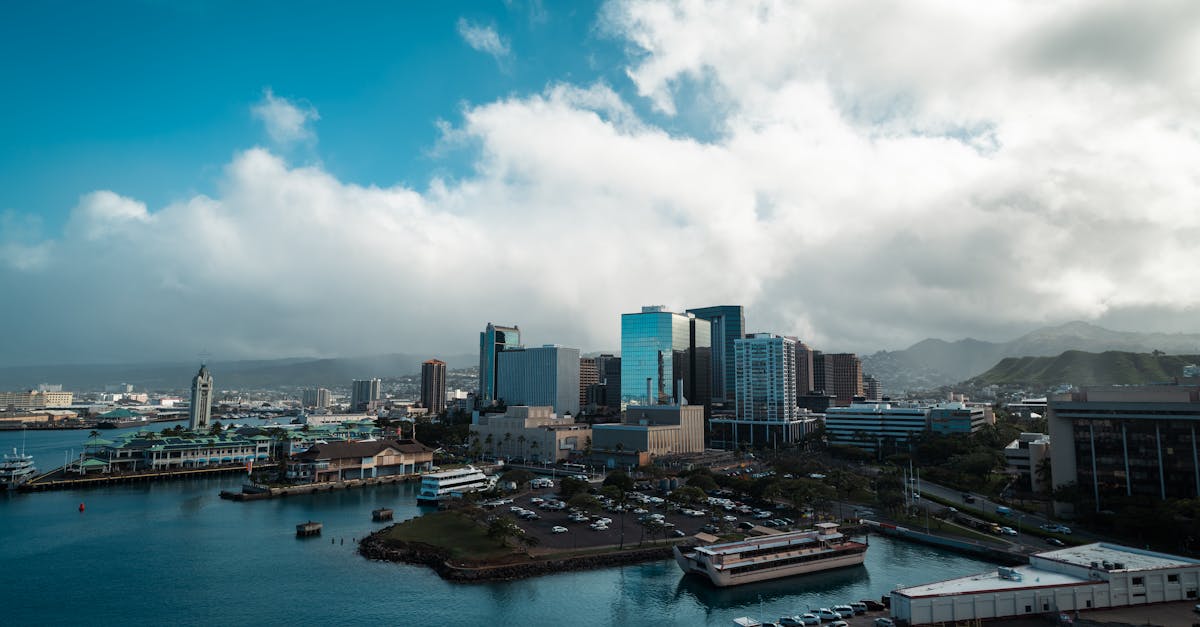Governor Josh Green's support for establishing procedures to permit the Thirty Meter Telescope (TMT) on an alternative, previously developed site on Mauna Kea signals a potential turning point for the long-debated project. This development has significant implications for Hawaii's business environment, particularly in relation to construction, real estate, and future investment prospects. The TMT project, with its substantial initial investment and potential for ongoing operational expenditures, represents a considerable opportunity for local businesses.
The possibility of utilizing existing observatory sites could streamline permitting processes and potentially reduce the project's environmental impact compared to building on a previously untouched area. According to a recent report by Civil Beat, discussions about alternative sites are already underway. This shift in focus, if successful, could revitalize economic activity in the construction sector and related industries, including materials suppliers, engineering firms, and logistical services. Furthermore, any changes to the project's location will most definitely impact the timelines and scope of construction, offering both challenges and opportunities for local businesses to adapt.
However, the project's evolution also brings regulatory considerations. The state must navigate the complex web of environmental regulations, cultural sensitivities, and community concerns associated with Mauna Kea. This complex situation requires decisive policy-making that could affect the timelines, procedures, and potential costs associated with the TMT. A Scientific American article highlights previous changes in the project's regulations. The balance between sustainable development, cultural preservation, and economic growth.
The TMT project's evolution also brings regulatory considerations. The state must navigate the complex web of environmental regulations, cultural sensitivities, and community concerns associated with Mauna Kea. A Science.org article discusses the governor's previous proposals regarding the TMT project and its location. This situation is further complicated by the ongoing opposition of some Native Hawaiian groups who regard Mauna Kea as a sacred site. All of these factors underscore the need for effective communication and inclusive decision-making processes. For investors, the announcement creates an environment of cautious optimism, with opportunities contingent on the project's eventual location and subsequent regulatory environment.
Ultimately, the shift towards alternative sites on Mauna Kea is more than a change of location; it's a recalibration of Hawaii's commitment to both scientific advancement and cultural stewardship. The success of this move hinges on the cooperation, careful planning, and effective navigation of regulatory hurdles. This will establish a precedent for large-scale projects on the island. The implications for Hawaii's entrepreneurs, investors, and professionals extend far beyond the immediate economic gains, shaping the future of business development in the state.



